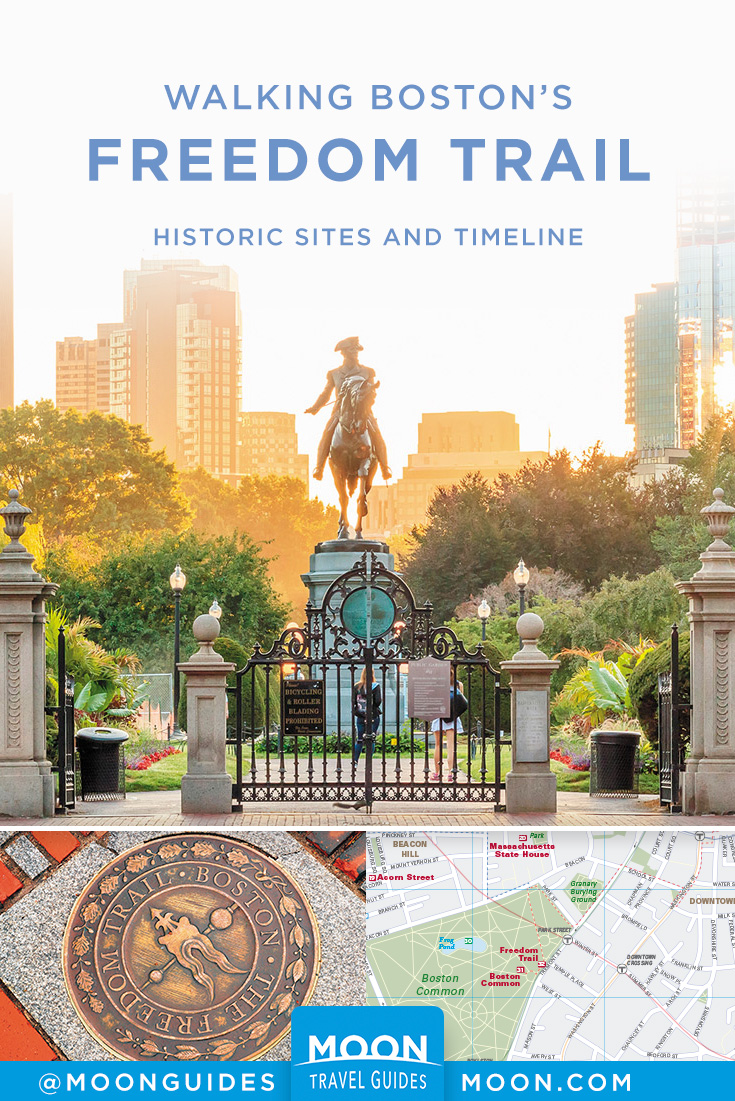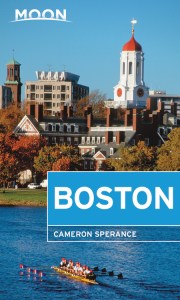Walk the Freedom Trail on a Self-Guided Tour
Boston is such a walkable city that you can stroll through its revolutionary beginnings. Use this guide to the historic sites and timeline to plan a self-guided walking tour of the Freedom Trail.
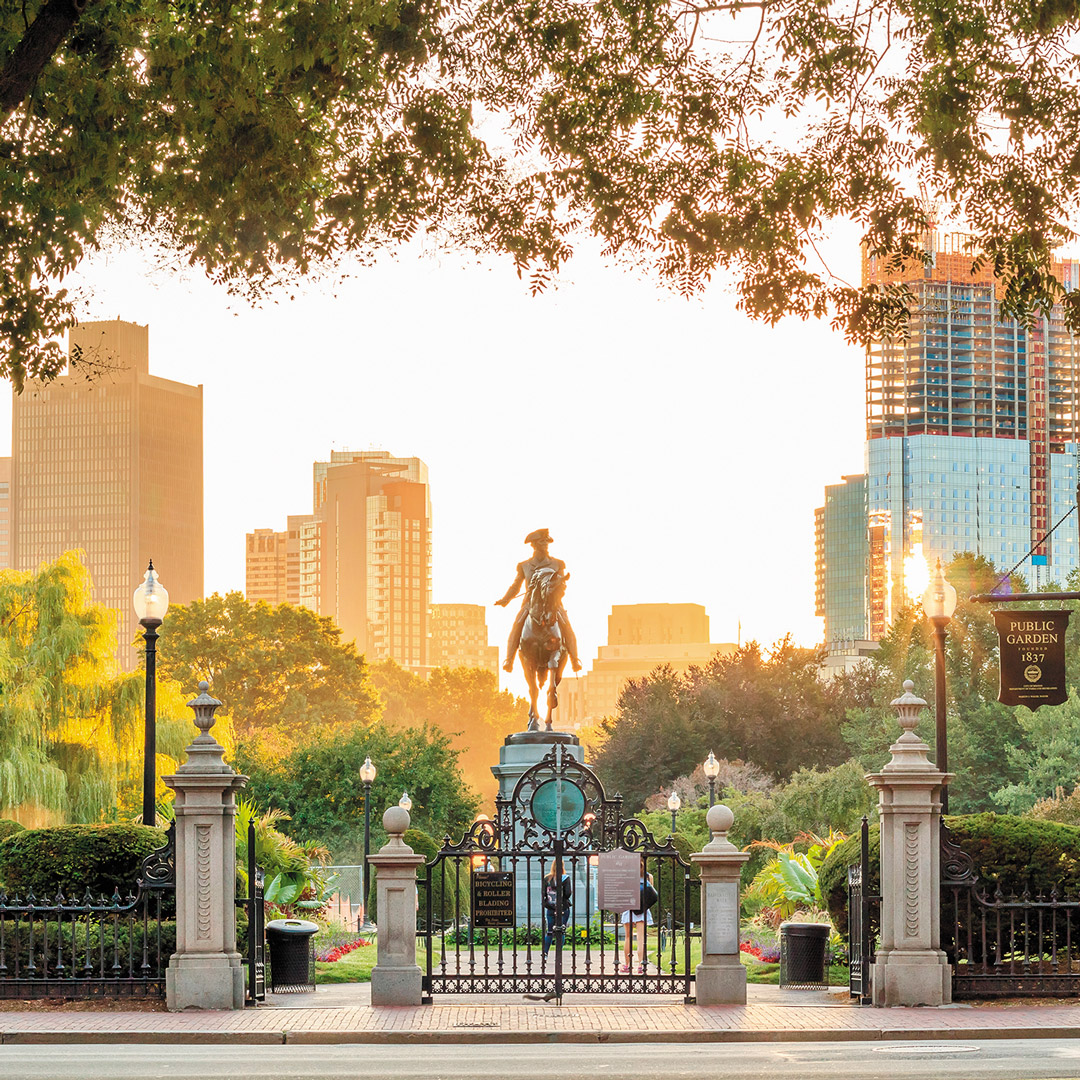
As Boston began a building spree in the mid-20th century, local preservationists grew concerned that the city’s historic sites were being lost to soaring skyscrapers. Bill Schofield, a writer for the paper that ultimately became the Boston Herald, collaborated with Bob Winn, a member of the Old North Church, and floated an idea for a “Puritan Path,” “Liberty Loop,” or “Freedom’s Way” in one of his “Have You Heard?” columns in March of 1951. The idea reached city hall, and mayor John Hynes dedicated the Freedom Trail, which was originally a series of painted signs pointing out Boston’s most popular historic sights, in June of the same year.
The path went through several routes before reaching its current 2.5-mile form in 1972. In 1974, the National Park Service established the Boston National Historical Park, which includes seven sites connected by the Freedom Trail. More than four million people each year traverse the trail’s 16 stops, including iconic spots like Boston Common, the USS Constitution, and Paul Revere House. Be sure to visit the National Park Service’s visitors center at the Faneuil Hall stop to get free guides, or at the Visitor Information Center at 139 Tremont St. (near the Boston Common and State House stops) for a free map at the beginning of the trail.
Newsletter Signup
By clicking ‘Sign Up,’ I acknowledge that I have read and agree to Hachette Book Group’s Privacy Policy and Terms of Use
While it is free to walk the Freedom Trail, some of the stops charge admission. The Old State House, Old South Meeting House, and Paul Revere House all require paid tickets, while King’s Chapel, the Old North Church, and USS Constitution have suggested amounts for optional donations. While each of the stops on the trail is historically significant, travelers on a rush should try to at least visit Boston Common, the Massachusetts State House, Granary Burying Ground, the Old South Meeting House, the Old State House and site of the Boston Massacre, Faneuil Hall, Paul Revere House, the Bunker Hill Monument, and the USS Constitution.
The National Park Service tours are excellent, economical ways to gain more insight into the trail, but paid tours through the Freedom Trail Foundation are great, entertaining ways to spend 90 minutes with an “actual” colonist (or at least a very convincing actor) to learn more about how each of the sites came to play a role in the nation’s history.
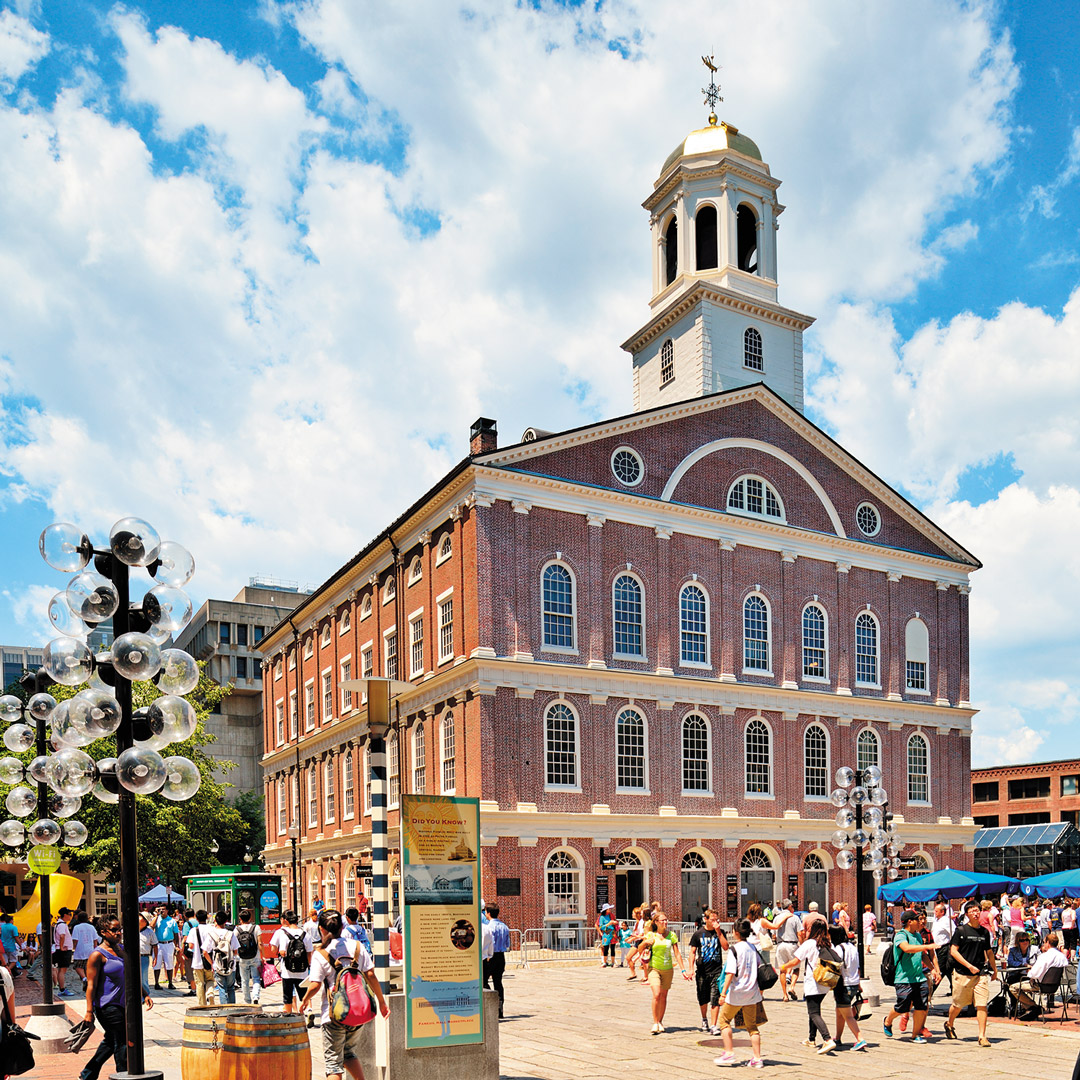
Revolutionary Timeline
As visitors walk along the Freedom Trail, they get the opportunity to learn about Boston’s role in the American Revolution. The following is an overview of what throttled the city and colonies forward in the quest for independence. A series of taxes, viewed as unjust by colonists and warranted by the British, rubbed new Americans the wrong way. The way the taxes were enforced and debated pushed the region toward revolution, which finally sparked in fields outside Boston.
- April 1764: The British government passes the Sugar Act as a tax to pay for defense of the American colonies and force colonial exports through British customs. The measure was heavily protested, including by colonists outside Boston’s Faneuil Hall.
- March 1765: British Parliament passes the Stamp Act, taxing most legal documents, newspapers, and pamphlets.
- June 1767: Britain passes the Townshend Revenue Act, which placed a tax on tea, paint, glass, lead, and paper to fund administrative duties of the colonies. Colonists assemble to protest with the mantra “no taxation without representation,” used by local Boston politician James Otis.
- October 1768: British troops arrive in Boston to quell political unrest.
- March 1770: Bostonians confront a group of British soldiers outside the city’s customs house (near the State MBTA station today), stemming from colonial anger at their presence. One soldier’s musket was fired into the crowd after he was knocked into snow. Fighting escalated, and more shots were fired into the crowd, killing five.
- May 1773: Parliament passes the Tea Act and exempts the East India Company from the import levies, which colonists angrily viewed as a subsidy to a British company.
- December 1773: Angered by the tea taxes, American Sons of Liberty disguised as Mohawk Indians storm a British ship in Boston Harbor and dump barrels of East India Tea Company tea into the harbor in protest in what is known today as the Boston Tea Party.
- May/June 1774: Britain strips Massachusetts of self-government and judicial independence via the Intolerable Acts in response to the Boston Tea Party.
- September 1774: Colonial delegates convene a Continental Congress to discuss opposition to the Intolerable Acts.
- April 1775: Shots are fired at the Battles of Lexington and Concord, the initial fight of the American Revolution.
- June 1775: The Battle of Bunker Hill gives colonial troops a morale boost after they cause significant damage to British military forces, despite losing the battle.
- September 1783: The Treaty of Paris formally ends the American Revolution.
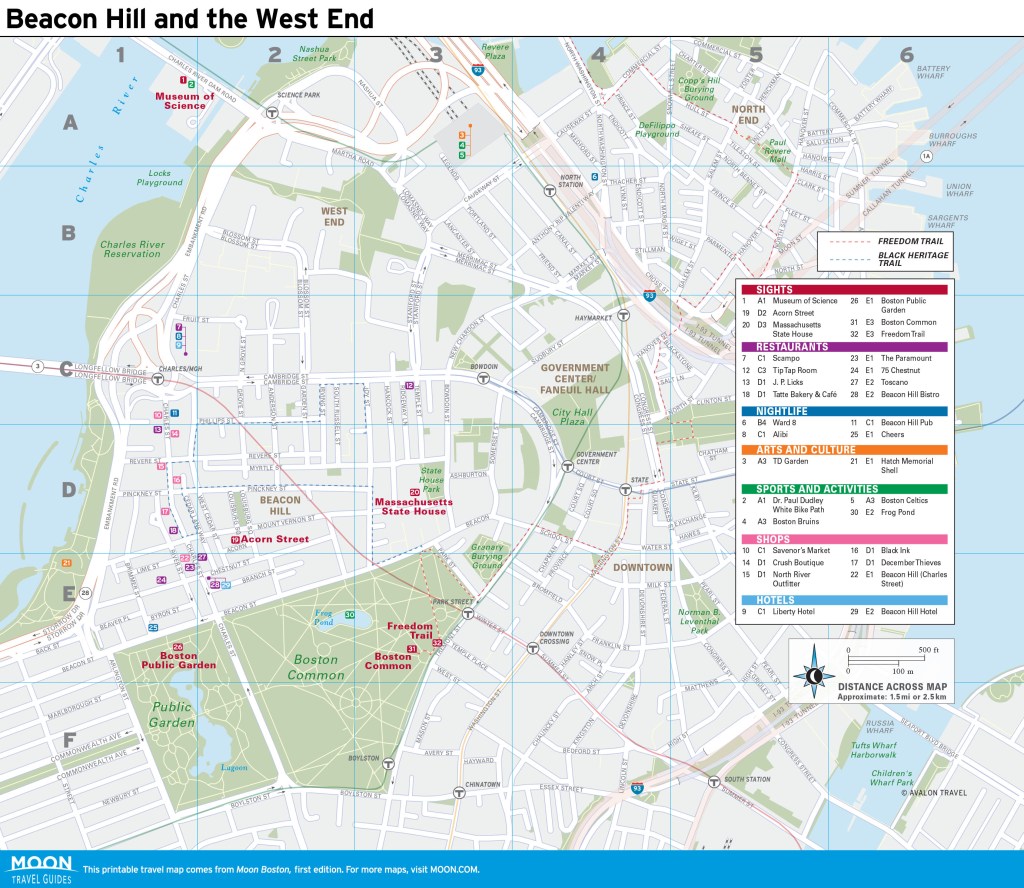
Newsletter Signup
By clicking ‘Sign Up,’ I acknowledge that I have read and agree to Hachette Book Group’s Privacy Policy and Terms of Use
Pin it for Later
